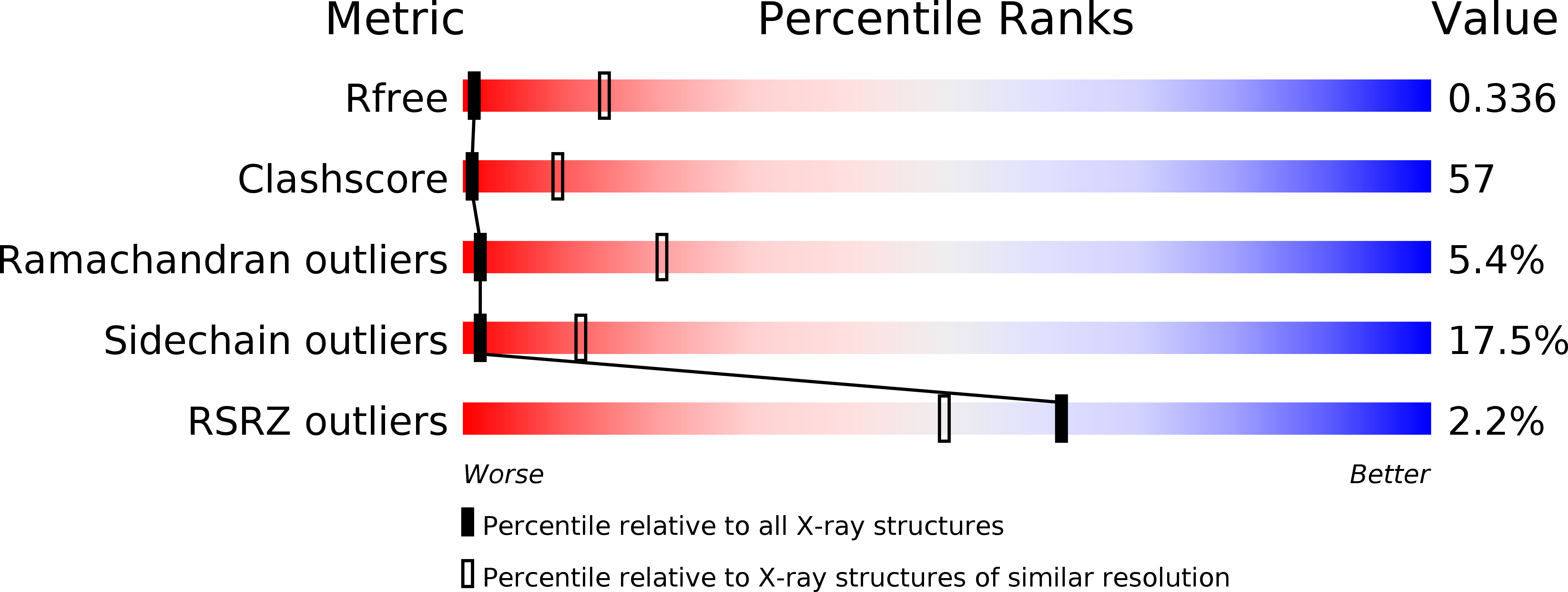
Deposition Date
2009-07-21
Release Date
2009-08-25
Last Version Date
2023-09-06
Entry Detail
PDB ID:
3IDQ
Keywords:
Title:
Crystal structure of S. cerevisiae Get3 at 3.7 Angstrom resolution
Biological Source:
Source Organism:
Saccharomyces cerevisiae (Taxon ID: 4932)
Host Organism:
Method Details:
Experimental Method:
Resolution:
3.70 Å
R-Value Free:
0.33
R-Value Work:
0.28
R-Value Observed:
0.28
Space Group:
H 3 2


